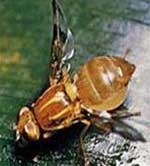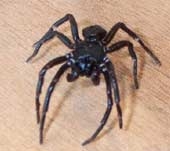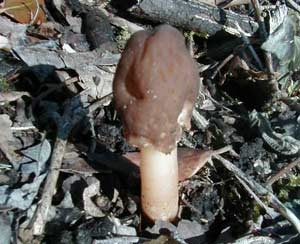Termites are closely related to cockroaches, having diverged from each other on the evolutionary tree about 150 million years ago. Growing along a separate branch, termites have adapted to living in colonies within their nests.
Today, termites are classified into many diverse species, with some termite colonies containing millions of individuals and excavating complex tunnels underground. Meanwhile, the most commonly known type is the drywood termite, which lives in colonies of around 5,000 individuals, primarily within wood.
Recognizing that termites are an ancient lineage, scientists are eager to uncover their origins and understand how they have ventured across various lands to thrive as they do today.
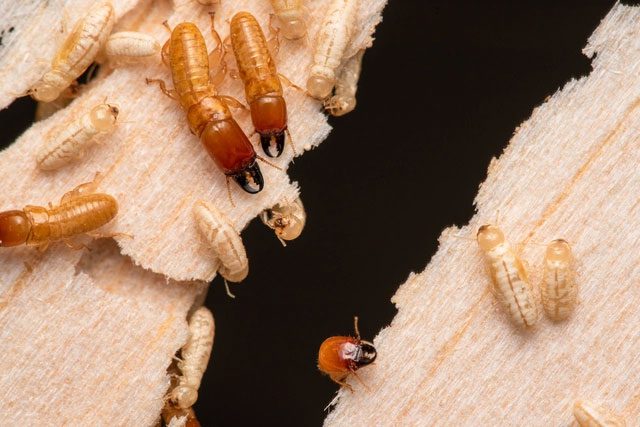
Termites are classified into many diverse species.
Collaborating with experts from around the world, a research team from the Okinawa Institute of Science and Technology (OIST) has outlined the natural history of drywood termites, one of the largest termite families globally. They discovered the maritime journeys that termites have undertaken to achieve the biodiversity we see today.
In a recent study published in the journal Molecular Biology and Evolution, scientists indicated the origins of termites and how they have dispersed globally. The research also shows that in modern centuries, some termite species have traveled with humans to distant lands.
“Drywood termites, scientifically known as Kalotermitidae, are often considered a primitive lineage, having diverged from the termite family tree quite early, around 100 million years ago, partly due to their relatively small colony sizes,” said Professor Aleš Buček, the lead author of the study. “However, we know very little about them.”
According to Professor Aleš Buček, previous studies have gathered limited data by focusing on a single genus, specifically the termites commonly found in homes. To obtain a more diverse dataset, the research team from OIST collected hundreds of termite samples from around the world over the past three decades.
The research team selected 120 termite species, with some samples taken from different locations but belonging to the same species. The data collected represents over 25% of the Kalotermitidae family, showcasing the diversity of these tiny creatures.
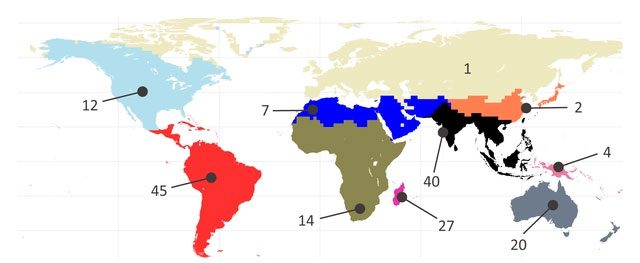
Number of termite samples collected from various locations.
After comparing genetic sequences, researchers successfully constructed a phylogenetic tree of drywood termites. They found that drywood termites have a maritime experience unmatched by any other related species. They have crossed oceans at least 40 times over the past 50 million years, traveling from South America to Africa. This is why drywood termites have achieved such high species diversity.
“They are very good at crossing the sea,” Professor Buček remarked. “Their nests are made of wood, which can also be used like a boat.”
Scientists found that most termite genera originated in South America and have dispersed from there to various regions. When placed within a timeframe of millions of years, a species can branch off and evolve into many different species. The research also indicates that the evolutionary path of termites has been significantly influenced by human activities, as in recent centuries, they have “hitchhiked” on transcontinental journeys.

Despite being one of the oldest termite lineages, drywood termites do not ‘live primitively’.
Moreover, the study challenges the popular notion that drywood termites have a primitive lifestyle. Although they are one of the oldest termite lineages, drywood termites do not “live primitively.” In fact, they can form nests that span large areas, connecting trees through a complex system of tunnels.
“This research not only shows that we know very little about termites, their diverse lifestyles, and the social scale of termite colonies,” said Professor Tom Bourguignon, one of the senior scholars contributing to the study.
“As we gather more information regarding their behavior and ecological characteristics, we will be able to utilize the newly constructed phylogenetic tree to gain further insights into the evolutionary processes of insects, as well as understand why termites have been so successful.”








































